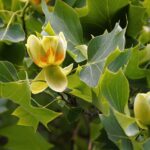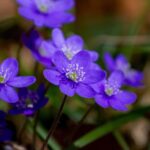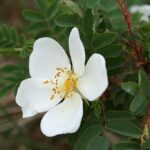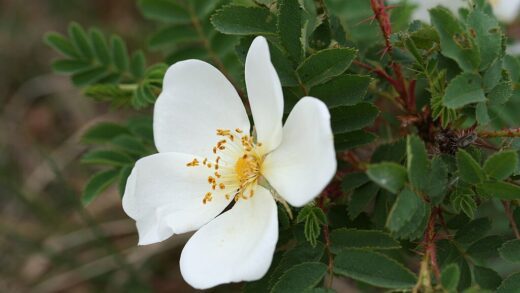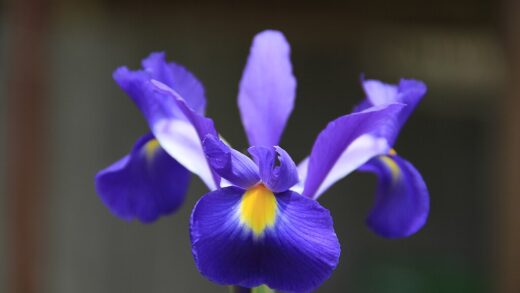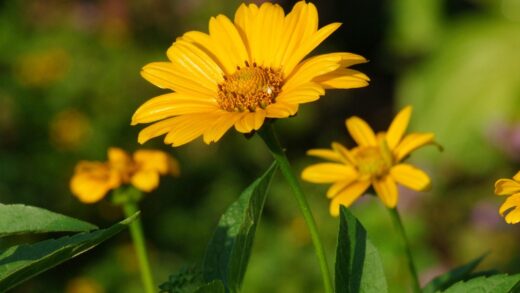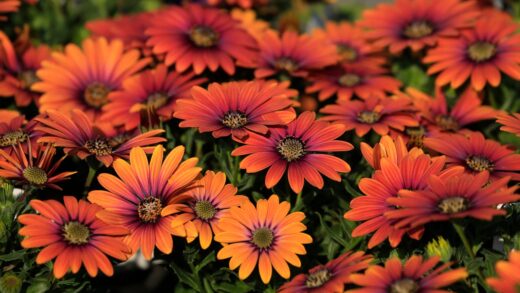The Manchu rose, known scientifically as Rosa xanthina, is a captivating shrub originating from China that captures the hearts of garden lovers with its vibrant yellow flowers in early spring. Although it is generally considered a resilient, low-maintenance species that tolerates drought and less-than-ideal soil conditions better than many cultivated hybrids, unfortunately, it is not invulnerable. Proper plant protection and a preventive approach are essential to admire its full blooming splendor year after year, avoiding serious damage. Timely identification of diseases and pests and professional intervention are crucial for preserving the long-term health of the plant.
Although the Manchu rose is more robust by nature compared to modern, disease-prone hybrid teas, certain environmental factors and the presence of pathogens can still affect it. Prevention is always the best defense strategy, which includes selecting a suitable growing site, ensuring airy planting, and providing regular but careful watering. It is important to understand that a weakened, stressed plant is much more susceptible to infections and pest attacks. Therefore, maintaining the plant’s vitality is the primary line of defense upon which all further plant protection measures should be based.
During the care of the Manchu rose, the most important aspect is continuous observation to detect the first signs of problems immediately. A suspicious spot on a leaf, a distorted shoot, or the appearance of pests is much easier to manage in its early stages than a full-blown infestation. During regular inspections, special attention should be paid to the undersides of leaves and new, tender shoots, as most pests and fungal diseases first appear here. A proactive approach not only protects the health of our plant but also reduces the need for strong chemical use.
The foundation of successful plant protection is knowledge of the life cycles of pathogens and pests, as well as the conditions that promote their spread. For instance, if we know that rose rust spreads through wet foliage, we have already done a great deal for prevention by watering directly onto the soil in the morning hours. Similarly, understanding the biology of pests helps us to intervene during their most vulnerable developmental stage, increasing the effectiveness of control and minimizing environmental impact. A conscious gardener not only treats the symptoms but also strives to eliminate the root causes.
The most common fungal diseases of the Manchu rose
The Manchu rose, while more resistant than many rose varieties, is not immune to fungal diseases, among which rose rust, powdery mildew, and black spot are the most significant. The appearance of these diseases generally depends on environmental conditions, especially humidity and temperature. The key to prevention is maintaining proper planting distance, which ensures good air circulation around the foliage, allowing it to dry faster after rain or watering. The immediate removal and destruction of infected plant parts are also fundamental steps in preventing the spread of pathogens.
More articles on this topic
Rose black spot, caused by the fungus Diplocarpon rosae, is one of the most destructive rose diseases and can also attack the Manchu rose, especially during wet, warm summers. The symptoms are characteristic: irregular black spots with fringed, radiating margins appear on the leaves. The leaf tissue around the spots turns yellow, and the leaves then fall prematurely, leading to significant weakening of the plant, reducing its flowering capacity and winter hardiness. The fungus overwinters on fallen, infected leaves, so autumn leaf clean-up is a critically important control measure.
Rose powdery mildew, caused by the fungus Podosphaera pannosa var. rosae, is another common problem that primarily attacks young, tender shoots, leaves, and buds. The infection is indicated by a white, powdery coating on the plant parts, which can be wiped off. Affected leaves become distorted and curl, and the buds may fail to open or produce deformed flowers. Powdery mildew is favored by warm, humid weather, but interestingly, it does not require a free water surface for infection, unlike many other fungal diseases.
Rose rust, caused by fungal species of the genus Phragmidium, can also cause serious problems. The first signs of the disease appear in spring as small, orange, raised spore pustules on the undersides of the leaves and young stems. Later in the summer, these pustules darken and turn black, containing the overwintering spores. The infection causes leaves to yellow, dry up, and fall, leading to a decline in the overall condition of the plant. Cool, wet weather greatly facilitates the spread of rust.
Battling pests: aphids and spider mites
Among the animal pests of the Manchu rose, those with a sucking lifestyle are the most common, led by aphids and spider mites. These tiny creatures feed on the plant’s sap, leading to distorted shoots, yellowing leaves, and stunted growth. Additionally, aphids excrete honeydew, on which sooty mold grows, reducing the photosynthetic surface area, and they can also transmit numerous viruses. The basis of control is regular inspection to detect pests in the early stages of their proliferation.
More articles on this topic
Aphids (Aphidoidea) are small, usually green or black insects that form huge colonies on young shoots, the undersides of leaves, and flower buds. Their feeding causes leaves to curl, shoot growth to slow, and buds to become deformed. The honeydew is not only aesthetically disturbing due to the sooty mold but also attracts ants, which “milk” and protect the aphids from their natural enemies, such as ladybugs and lacewings. The first step in control can be washing them off with a strong jet of water, which physically removes a large part of the colonies.
Spider mites (family Tetranychidae), especially the two-spotted spider mite (Tetranychus urticae), are feared pests of hot, dry summer periods. Since they are extremely small, their presence is often inferred only from their damage: tiny, yellowish-white puncture marks or dots appear on the leaves, and the leaf color becomes pale and mottled. In severe infestations, the leaves take on a bronze hue, dry up, and fall, and the plant may be covered in a fine, web-like webbing. For prevention, it is important to ensure adequate water supply for the plants, and occasional misting of the foliage creates an unfavorable environment for them.
When controlling sucking pests, it is advisable to favor environmentally friendly solutions. Natural enemies, such as the already mentioned ladybugs, hoverflies, and lacewing larvae, effectively reduce aphid populations. For minor infestations, spraying with solutions containing potassium soap or plant oils (such as neem oil) can also be effective, as these substances form a coating on the pests, preventing their respiration. The use of chemical pesticides should only occur in justified cases, with selective products that spare natural enemies, and by strictly following the instructions for use.
Integrated pest management in practice
Integrated Pest Management (IPM) is a complex, ecological approach that emphasizes prevention and the combined use of various control methods in the fight against pests and diseases. The goal of this strategy is not the complete eradication of pests, but to keep their populations below a level that does not cause economic or aesthetic damage. The basis of IPM is a thorough knowledge of the plant and its environment, as well as regular monitoring, which allows for targeted and timely interventions, minimizing the use of chemicals.
In the IPM system, preventive agrotechnical methods play the most significant role. For the Manchu rose, this means planting in a sunny, airy location, establishing proper plant spacing, and providing balanced nutrition. Excessive nitrogen fertilization, for example, results in soft, water-filled tissues that attract aphids and are more susceptible to fungal infections. Proper pruning techniques not only shape the plant but also improve foliage ventilation, thereby reducing the risk of fungal diseases.
Biological control is another important pillar of integrated pest management, involving the deliberate use of pests’ natural enemies (predators, parasitoids). The garden should be made into an environment that attracts and sustains these beneficial organisms. This can be achieved by planting flowering plants (e.g., umbellifers, composites) that provide nectar and pollen for adult beneficial insects. Avoiding the use of broad-spectrum insecticides is essential, as they also destroy beneficial populations, upsetting the ecological balance of the garden.
Chemical control is used in the IPM system only as a last resort, like firefighting, when other methods prove insufficient. Even then, preference should be given to selective products that cause the least possible harm to the environment and beneficial organisms. Proper timing is important, for example, spraying timed to the most vulnerable developmental stage of the pests, as is the use of product rotation to avoid the development of resistance. In the long run, an integrated approach results in a healthier, more resilient garden where plant protection problems occur less frequently and to a lesser extent.








